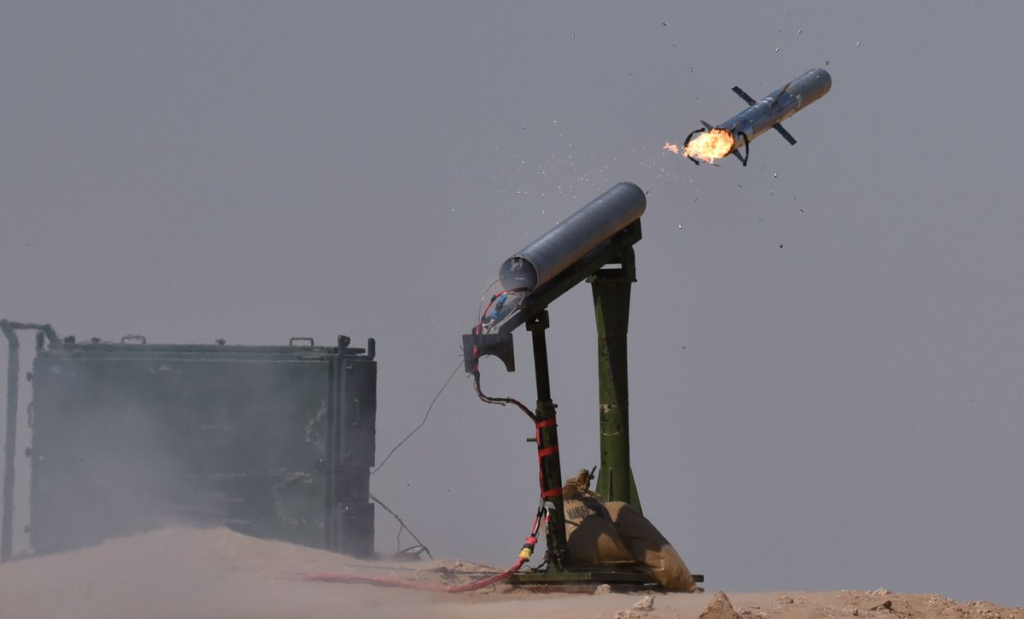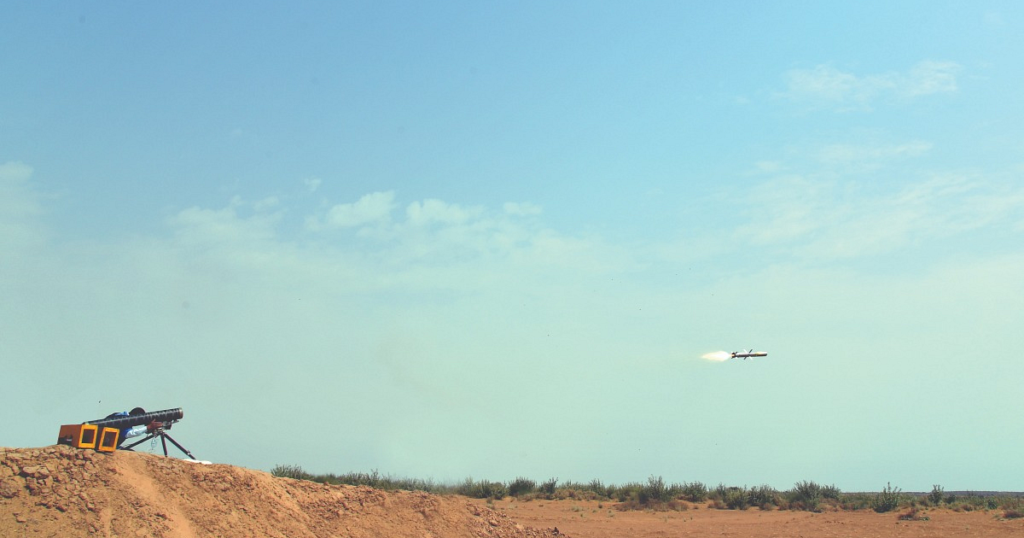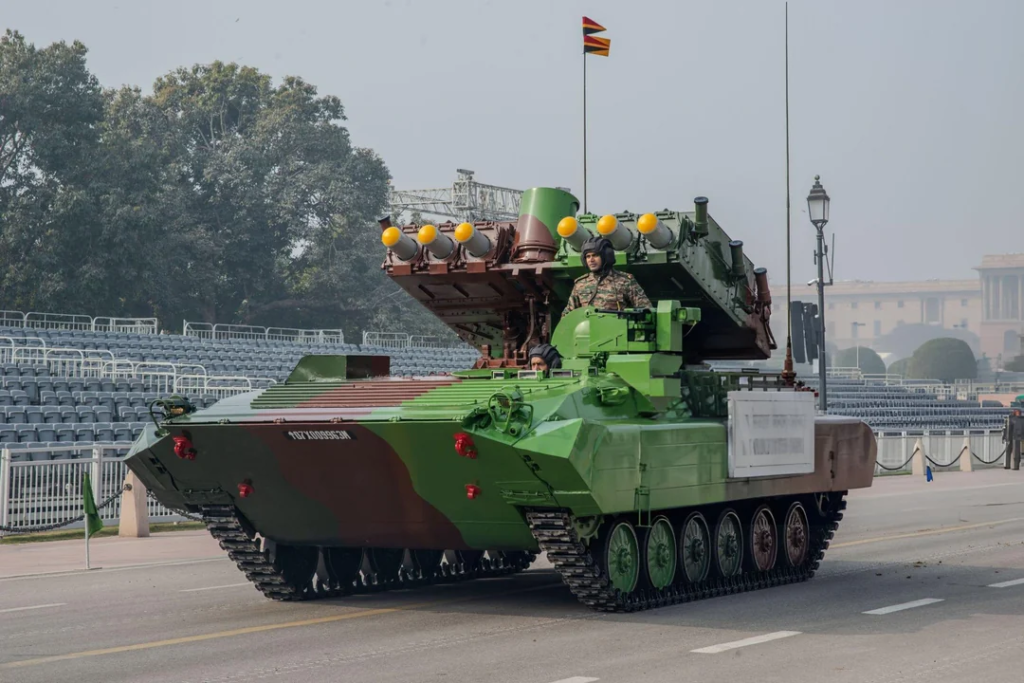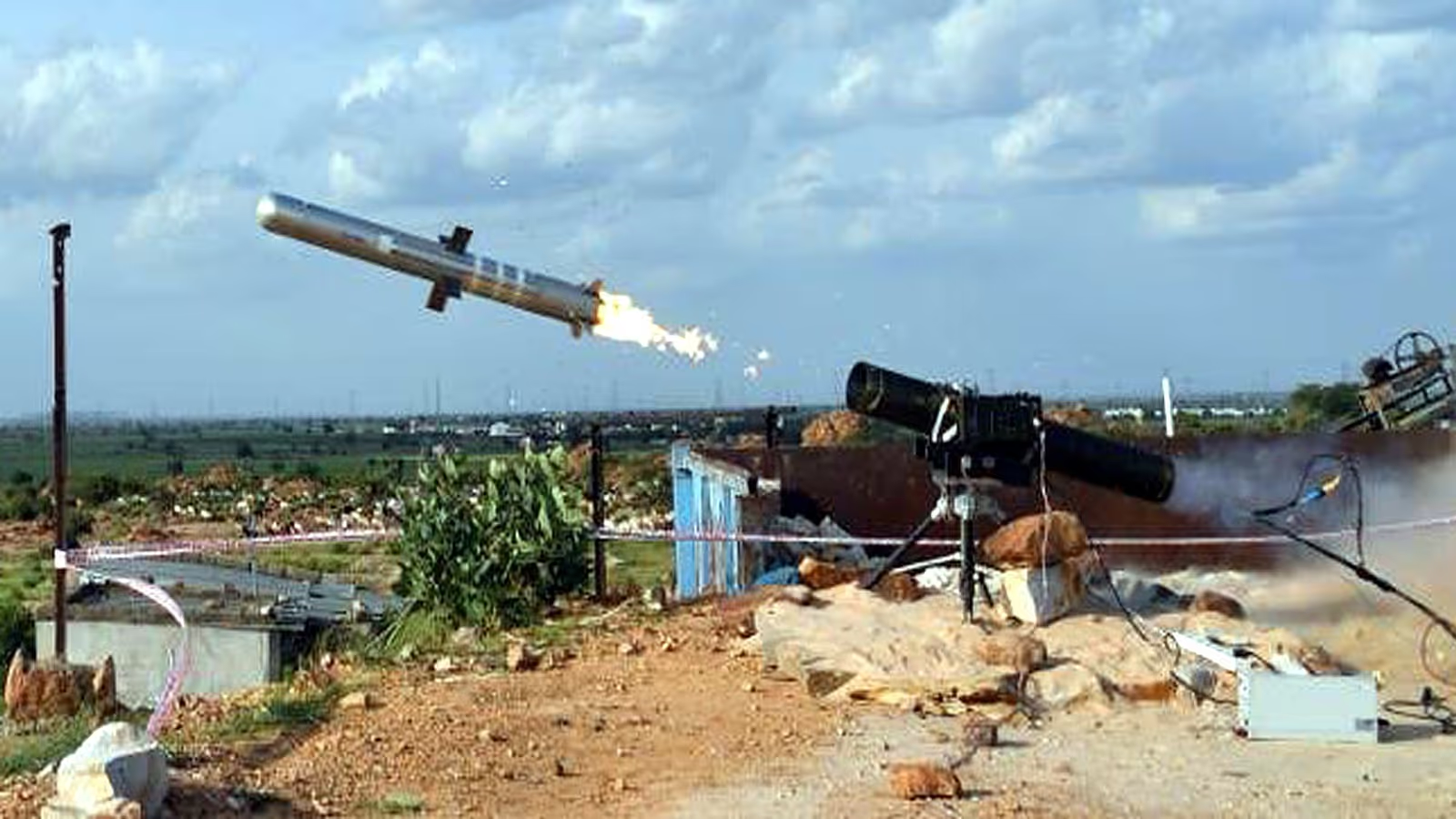The Indian Ministry of Defence (MoD) has issued a Request for Information (RFI) for the procurement of New Generation Anti-Tank Guided Missiles (ATGM), along with launcher systems and simulators. This initiative aligns with India’s Make in India and Atmanirbhar Bharat programs, aimed at boosting indigenous defense manufacturing. The procurement aims to identify Indian vendors capable of supplying ATGMs within four years of contract award.

Terrain and Operational Conditions
The ATGMs will be deployed across diverse terrains:
- Plains and desert regions along the Western borders.
- High-altitude mountainous terrain (up to 5,500 meters) in Jammu & Kashmir, Ladakh, and the North-Eastern states.
- Coastal areas and island territories, including high humidity and salinity conditions.
The missiles must operate in all weather conditions, including rain, fog, and dust, and function effectively in extreme temperatures ranging from -45°C to +45°C.
Operational Requirements
The ATGMs are required to counter multiple threats, including:
- Enemy tanks, armored personnel carriers, and combat vehicles.
- Low-flying helicopters.
- Concrete structures and vehicle-based weapon platforms.
The system should incorporate the following attack capabilities:
- Fire-and-Forget: Automatic missile guidance after launch.
- Fire-and-Observe: Allowing manual updates during missile flight.
- Top Attack and Direct Attack modes.

Key Technical Specifications
Some of the important technical parameters mentioned in the RFI include:
- Modular Design: The system must be modular, enabling easy upgrades without requiring a structural redesign.
- Range: Maximum range of at least 4 kilometers, with a minimum range of 200 meters for direct fire and 800 meters for top attack.
- Weight: Each missile, including the launch tube assembly, should not exceed 15 kg. The launcher system, inclusive of battery and sighting systems, must also weigh less than 15 kg.
- Penetration: The missile should be capable of penetrating at least 800 mm of Rolled Homogeneous Armour (RHA) after defeating in-service Explosive Reactive Armour (ERA).
- Seeker Technology: Dual-mode seekers (day and night) with auto-lock capabilities to engage both hot and cold targets in various visibility conditions.
- Man-in-the-Loop Capability: The system must allow the operator to update the target or refine the impact point during the missile’s terminal phase.
- Guidance: Wireless guidance system supporting multiple operational modes, including Fire-and-Forget, Observe-and-Update, and manual guidance.
Launcher System and Other Components
The launcher system should be equipped with:
- Thermal Imaging Sights: Detection range of at least 5 km against a NATO tank-sized target, with a recognition range of 4.5 km.
- Power Sources: The Command Launch Unit (CLU) must have rechargeable batteries with at least four hours of operational time and a backup system with eight hours of endurance.
The launcher should be designed for vehicle mounting, while retaining functionality when switched to a ground-based platform.

Transportability and Maintenance
The system must be transportable by road, air, sea, and rail, with air-drop capabilities for rapid deployment. To ensure sustained operations in the field, the system should include:
- Maintenance Transfer of Technology (MToT): For local repairs and maintenance.
- Built-In Test Equipment (BITE): AI-driven diagnostics to aid quick identification and replacement of faulty modules.
Training and Support
Vendors are required to provide comprehensive training aids, including:
- Integrated tactical and technical training simulators.
- Augmented Reality (AR)/Virtual Reality (VR) based training packages.
- Dummy missiles for training purposes.
Vendor Selection Process
The procurement process will follow a Single Stage-Two Bid System, with vendors required to submit both technical and commercial bids. Only technically compliant offers will proceed to field trials, which will be conducted at suitable locations across India on a No Cost No Commitment (NCNC) basis.
The shortlisted vendors will then enter contract negotiations, with preference given to those meeting the highest level of indigenous content, aligned with the Buy (Indian-IDDM) category.
Conclusion
This RFI reflects the Indian Army’s focus on acquiring modern, versatile ATGMs capable of neutralizing a wide range of threats in complex operational environments. With its emphasis on indigenous development, the procurement process will not only strengthen India’s defense capabilities but also contribute to self-reliance in military technologies. This appears to be a requirement tailor made for DRDO MP-ATGM.
The deadline for vendors to submit their responses is eight weeks from the date of the pre-response vendor interaction.
This procurement aligns with India’s strategic goal of enhancing defense preparedness while fostering the domestic defense industry, in line with the Defence Acquisition Procedure (DAP) 2020.
